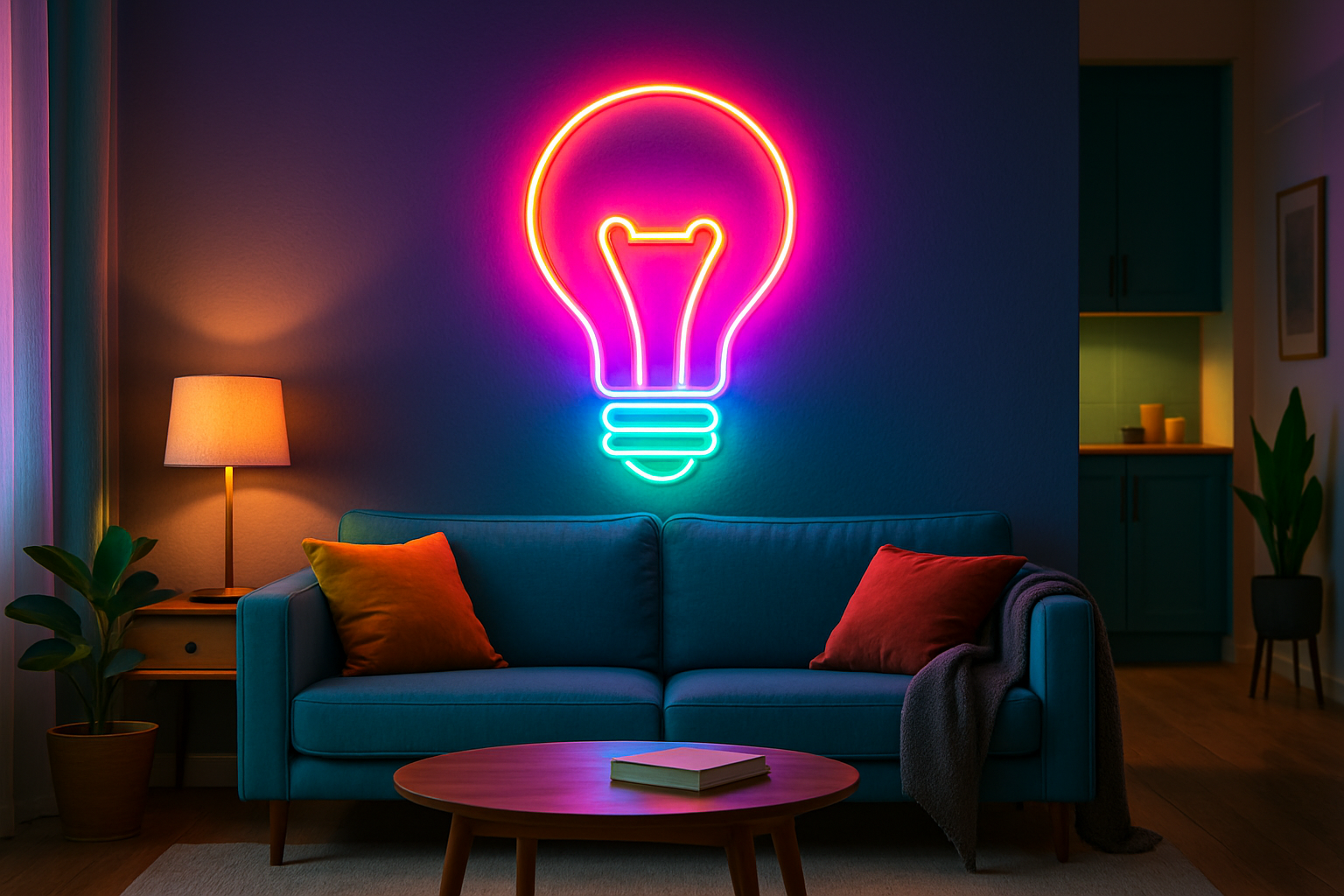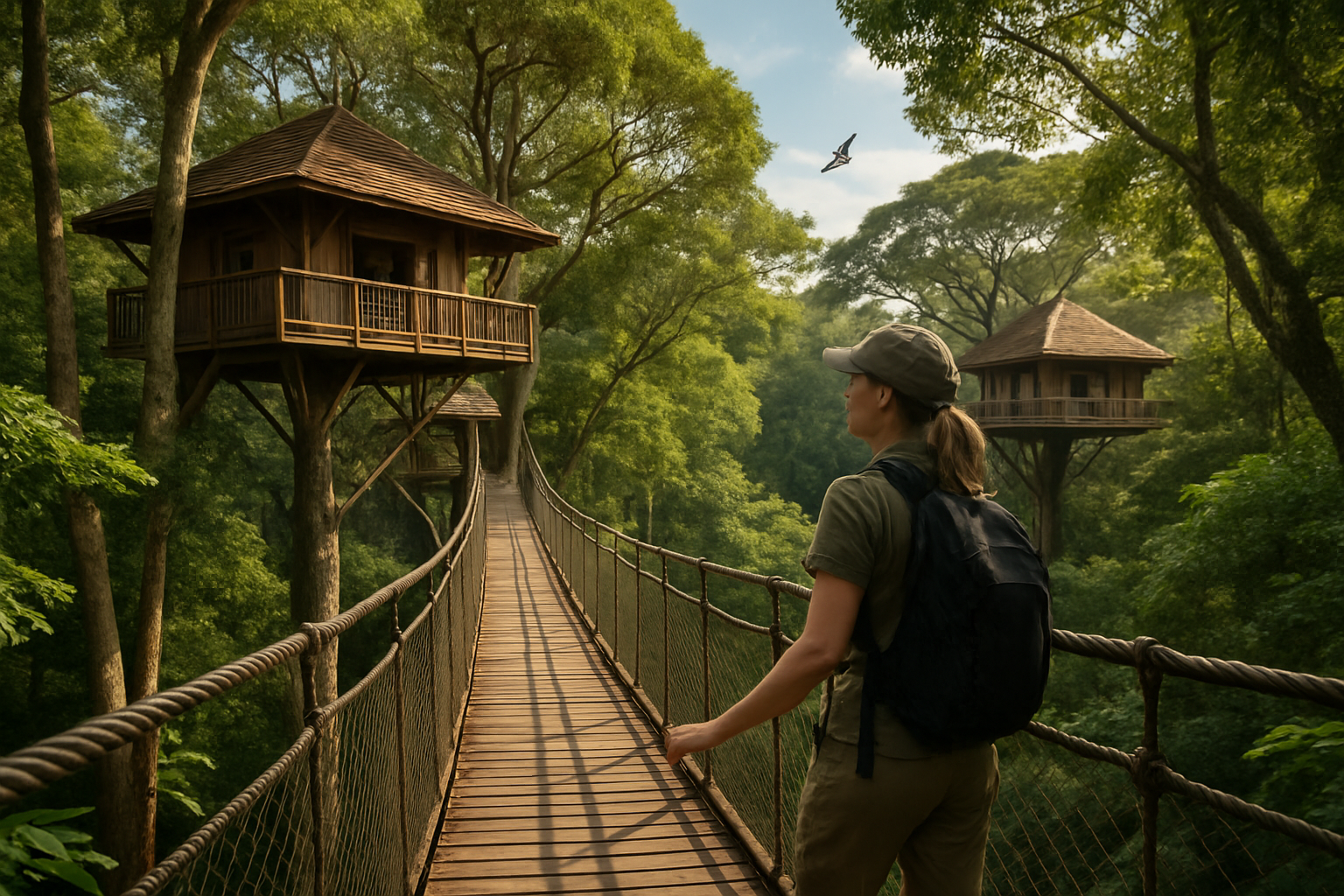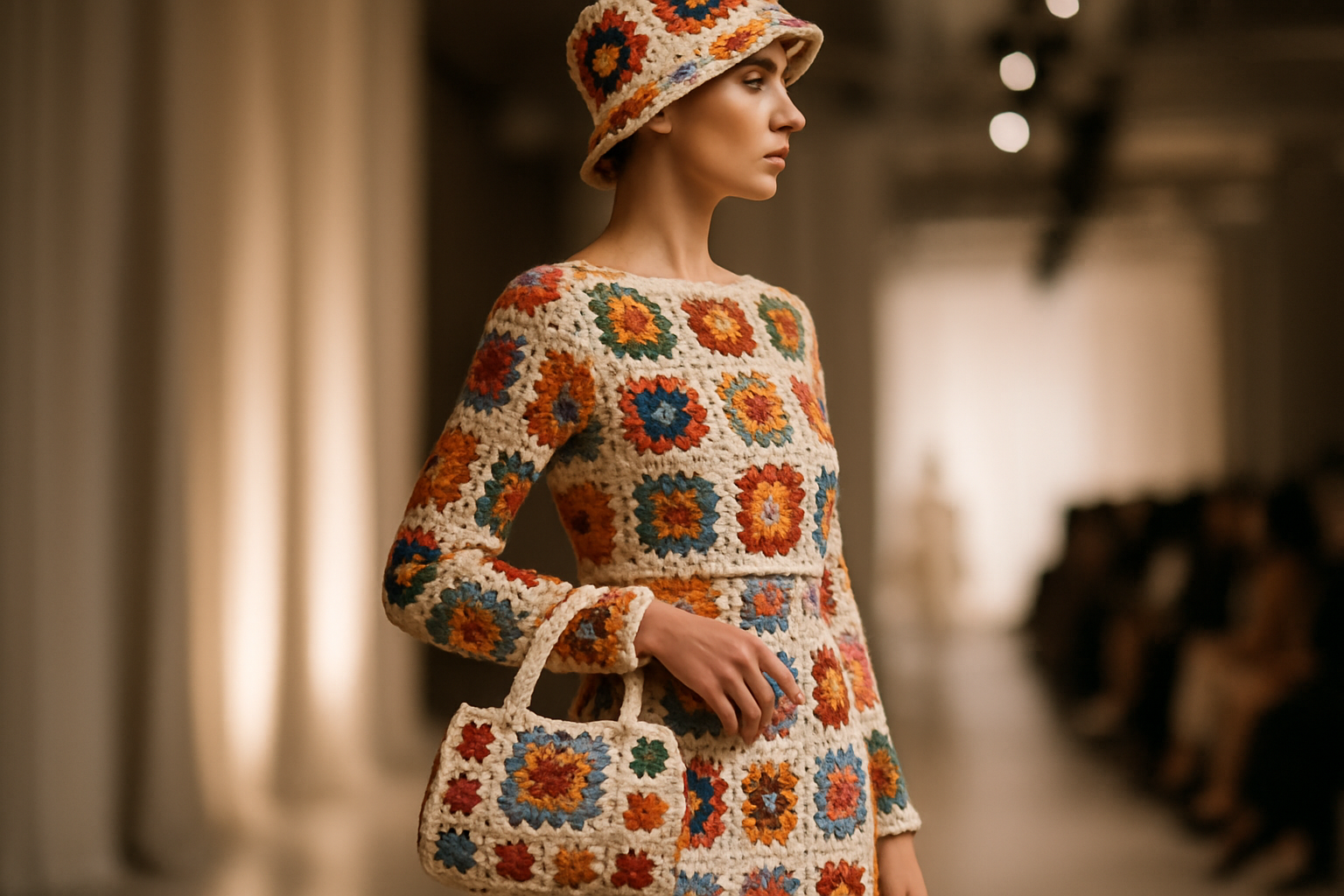Biomorphic Furniture: Nature-Inspired Curves in Modern Interiors
The world of interior design is witnessing a captivating shift as biomorphic furniture takes center stage, bringing the organic fluidity of nature into our living spaces. This trend, characterized by sinuous curves and flowing lines reminiscent of natural forms, is redefining the aesthetics of contemporary homes. As we explore the allure of biomorphic design, we'll uncover how these nature-inspired pieces are not just furniture, but living sculptures that breathe life into our interiors.

The Origins of Biomorphic Design
Biomorphic design, while gaining significant traction in recent years, has roots that stretch back to the mid-20th century. Pioneered by artists and designers like Jean Arp and Isamu Noguchi, this style drew inspiration from the abstract, organic shapes found in nature. The term biomorphic, derived from the Greek words for life (bios) and form (morphe), encapsulates the essence of this design philosophy – creating objects that echo living organisms and natural phenomena.
In the 1940s and 1950s, designers began experimenting with new materials and manufacturing techniques, allowing them to create furniture with more fluid, unconventional shapes. This movement was partly a reaction to the rigid geometries of modernism, offering a softer, more approachable alternative that still embraced contemporary aesthetics.
The Resurgence of Organic Forms
Fast forward to the present day, and we’re witnessing a renaissance of biomorphic design. This resurgence is driven by several factors, including advancements in materials and manufacturing technologies, a growing desire for connection with nature in increasingly urban environments, and a shift towards more personalized, expressive interiors.
Today’s biomorphic furniture goes beyond mere imitation of natural forms. Designers are using cutting-edge materials and techniques to create pieces that not only look organic but also incorporate the functional benefits of nature-inspired structures. For instance, chairs that mimic the supportive structure of tree branches or tables with bases that resemble the intricate patterns of coral reefs.
The Psychology of Curves
The appeal of biomorphic furniture goes deeper than aesthetics. Research in environmental psychology suggests that exposure to curved forms can have a positive impact on our well-being. Rounded shapes are often perceived as more welcoming and less threatening than sharp angles, potentially reducing stress and promoting a sense of comfort and ease in our living spaces.
This psychological effect makes biomorphic furniture particularly well-suited for creating inviting, relaxing environments. In bedrooms, living rooms, and even office spaces, these organic forms can help create a soothing atmosphere that counteracts the often angular, tech-driven world outside our homes.
Incorporating Biomorphic Elements in Your Space
Integrating biomorphic furniture into your home doesn’t necessarily mean a complete overhaul of your existing decor. Even a single statement piece can transform the feel of a room. Here are some ways to introduce this trend:
-
Start with smaller accents: Consider adding a biomorphic coffee table or side table as a focal point in your living room.
-
Play with lighting: Sculptural lighting fixtures with organic shapes can add drama and soften the overall ambiance of a space.
-
Choose curved seating: Replace traditional straight-lined sofas or chairs with ones featuring gentle curves or asymmetrical forms.
-
Mix and match: Combine biomorphic pieces with more traditional furniture to create an eclectic, balanced look.
-
Consider the whole room: Look beyond furniture to wallpapers, rugs, or artwork featuring organic patterns and shapes to complement your biomorphic pieces.
The Intersection of Technology and Nature
One of the most exciting aspects of the current biomorphic trend is how it’s being shaped by technological advancements. 3D printing and computer-aided design are allowing furniture makers to create increasingly complex and precise organic forms that would have been impossible to produce just a few decades ago.
These technologies are not only expanding the possibilities of what can be created but are also making biomorphic design more accessible. As production methods become more efficient, we’re seeing a wider range of options at various price points, from high-end designer pieces to more affordable mass-produced items.
Sustainability and Biomorphic Design
The connection between biomorphic furniture and nature extends beyond aesthetics. Many designers working in this style are also committed to sustainable practices, using eco-friendly materials and production methods. This alignment with environmental consciousness adds another layer of appeal for consumers who are increasingly mindful of the ecological impact of their purchasing decisions.
Some designers are taking this a step further by creating biomorphic furniture that actually mimics natural processes. For example, chairs that purify air like plants or tables that change color in response to temperature, blurring the line between furniture and living organisms.
The Future of Biomorphic Furniture
As we look to the future, the trend of biomorphic furniture shows no signs of slowing down. If anything, it’s likely to evolve and expand in exciting new directions. We may see increased integration of smart technology into these organic forms, creating furniture that not only looks natural but responds to our needs in intuitive, nature-inspired ways.
There’s also potential for biomorphic design to influence architecture more significantly, leading to homes and buildings that embrace organic forms on a larger scale. This could result in living spaces that feel more harmonious and connected to the natural world, even in dense urban environments.
The rise of biomorphic furniture represents more than just a passing trend in interior design. It reflects a deeper shift in how we relate to our living spaces and the objects that fill them. By bringing the flowing, nurturing forms of nature into our homes, we’re not just decorating – we’re creating environments that speak to our fundamental connection with the natural world. As this movement continues to grow and evolve, it promises to reshape our interiors in ways that are both visually stunning and deeply resonant with our innate desire for harmony and organic beauty.





